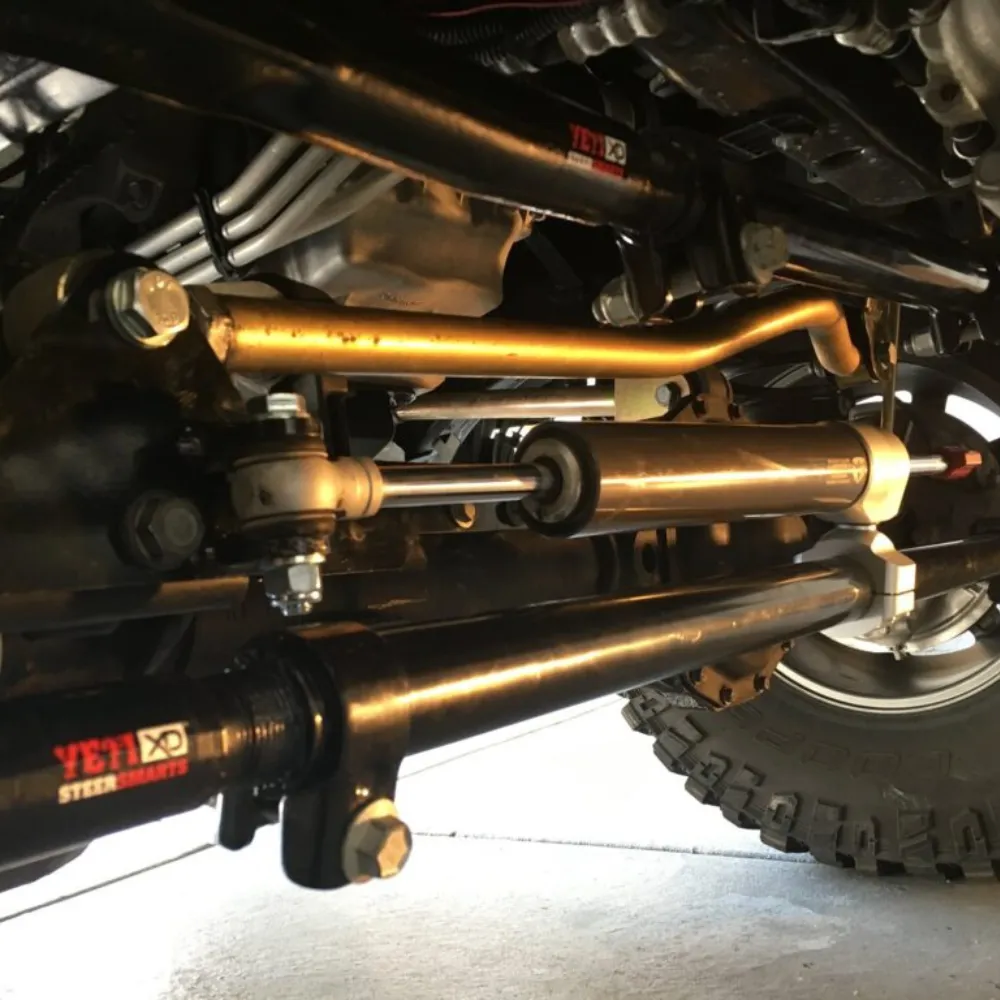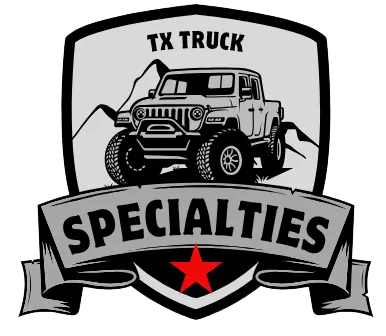Truck Accessories & Off-Road Shop in Frisco, Texas
From custom builds to performance upgrades, we’re here to take your off-road experience to the next level and help your vehicle perform at its best.

Get 10% Off Any Installation or Repair Service
Please provide your details below to claim this offer.
Covering All Of Your Off-Road Needs With Lift Kits, Bed Covers, Wheels, Tires, Truck Accessories, & More!

Lift Kits
Enhance your vehicle’s off-road capability and looks with a professionally installed lift kit. Designed for improved ground clearance, suspension performance, and larger tire compatibility, lift kits provide superior handling and durability for both rugged trails and everyday driving.

Leveling Kits
Achieve a balanced stance and improved ground clearance with a professionally installed leveling kit. Designed to enhance both aesthetics and performance, leveling kits provide a smooth ride while accommodating larger tires, ensuring optimal handling and durability for any terrain.

Truck & Jeep Accessories
Enhance your truck or Jeep with premium accessories designed for style, performance, and functionality. From bumpers and winches to LED lighting and interior upgrades, our expert solutions ensure durability and customization to meet your specific needs on and off the road.

Overland Builds
Transform your truck into the ultimate adventure machine with a custom Overland Build. Get rugged suspension, roof racks, lighting, storage, and more—built for durability, off-road performance, and limitless exploration. Take on any terrain with confidence and style.

Wheels & Tires
Upgrade with premium wheels and tires. We offer top brands, expert installation, and custom fitments to enhance performance, style, and durability. Whether you need all-terrain, mud-terrain, or street performance tires, we’ve got you covered!

Maintenance & Repair
Keep your vehicle running at its best with expert maintenance and repair services. From routine oil changes to brake repairs and suspension work, skilled technicians ensure top performance and reliability. Get the service you need to keep your truck ready for any road or trail.
Financing Options Available
We’ve partnered with trusted financing providers to make upgrading your truck or Jeep easier than ever with flexible payment options that fit your budget.
Acima Financing
No credit needed. Get approved fast and start your build today with Acima.
Apply NowAmerican First Finance
Apply today for easy monthly payments and flexible terms to fit your needs.
Apply NowSynchrony Financing
Get an instant credit decision and start upgrading your vehicle with Synchrony.
Apply Now
Why We're Different!
At TX Truck Specialties, we’re more than just a destination for off-road enthusiasts; we’re a community driven by a passion for adventure. With over 15 years of experience, we specialize in customizing Jeeps and trucks, offering unparalleled expertise and craftsmanship. From personalized consultations to exceptional customer service, we’re dedicated to exceeding expectations at every turn. Join us on the journey to elevate your off-road experience and become part of a thriving community that shares your love for exploration and adventure.
Expertise
Exceptional Customer Care
Tailored Solutions
TX Truck & Jeep Specialties
Hours of Operation:
Monday - Friday 8:00am - 6:00pm
Saturday - Sunday Closed

